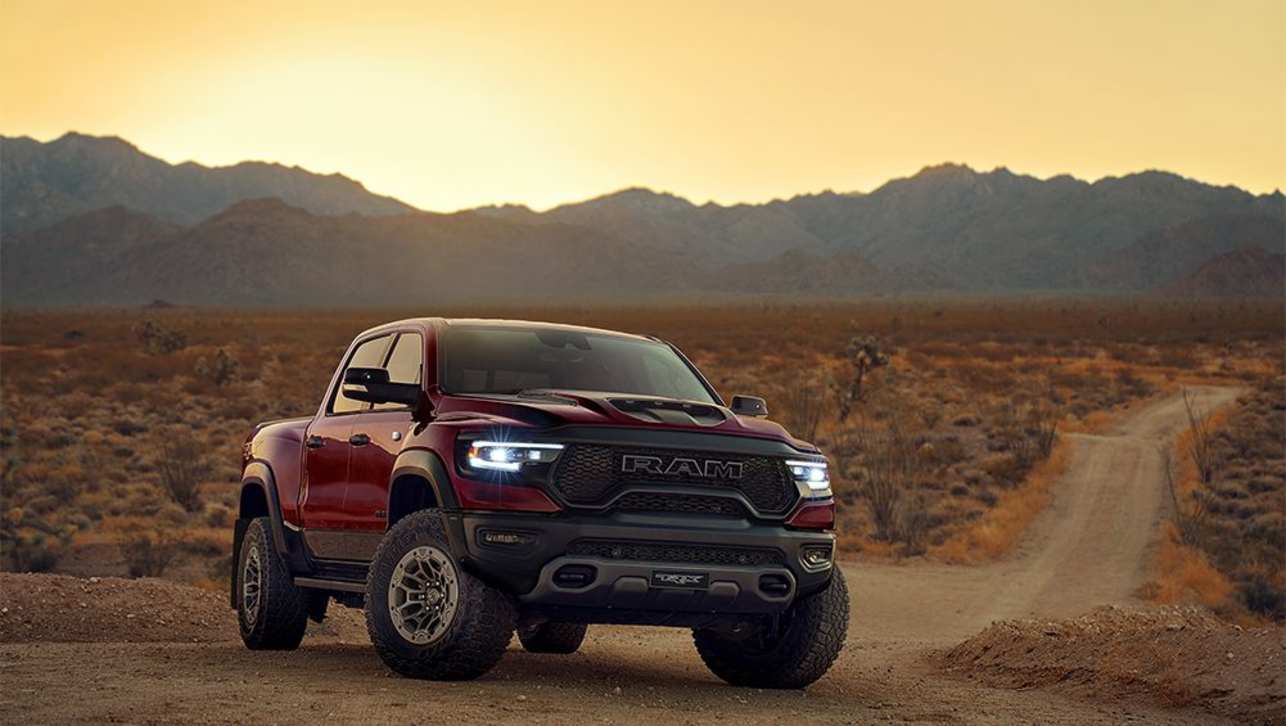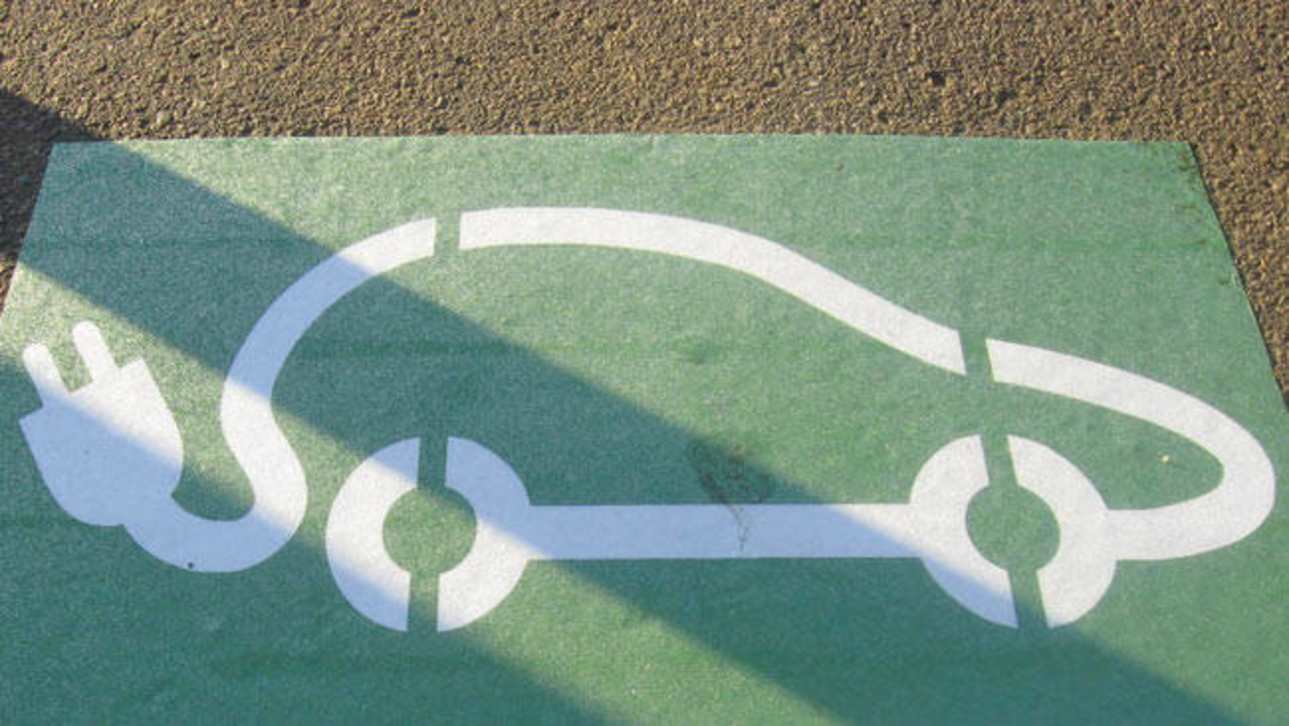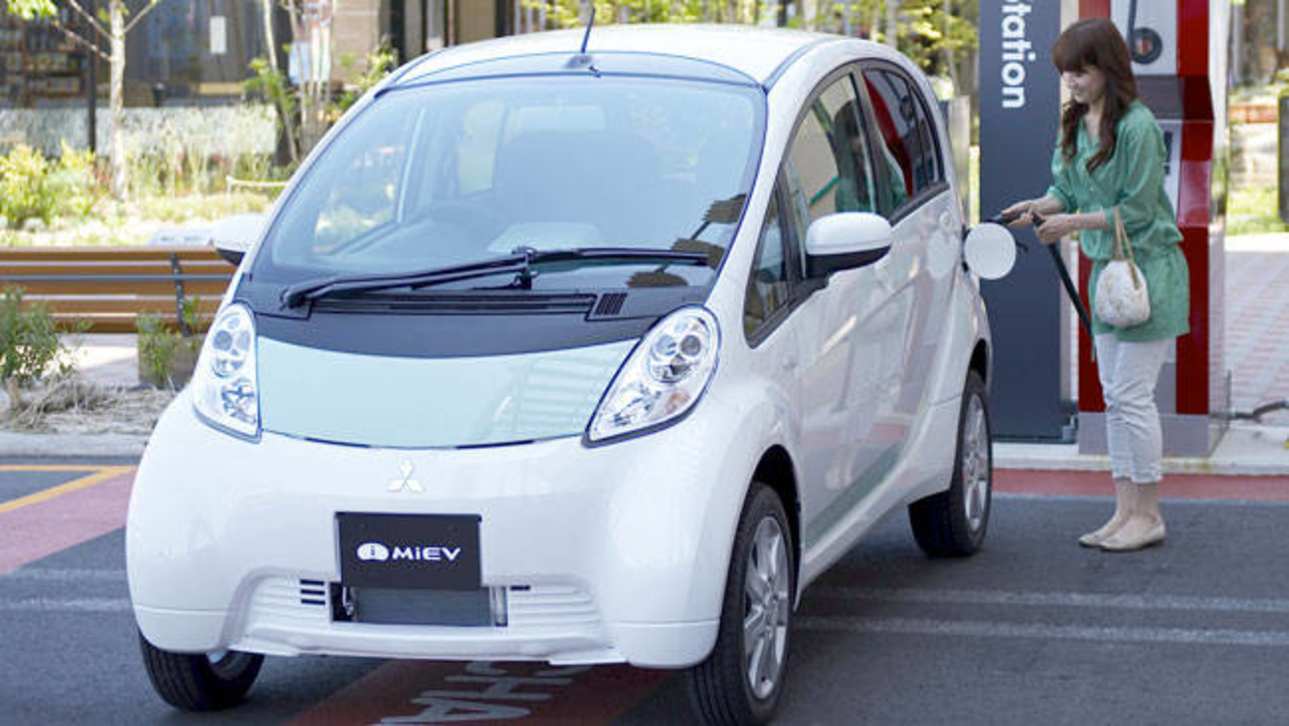But that's the electric future, according to green infrastructure company Better Place, which is rolling out a network of charge points and battery switch stations.
And it's not inner-city greenies, but fleets, that will be the driving force.
At the moment, plug-in cars are a 'chicken and egg' situation. To be successful, they need the infrastructure to recharge quickly and conveniently - rather than being tied for 12 hours to a household socket -- but on the other hand, you need enough cars on the road to justify building the infrastructure.
To bypass that hurdle, Renault and Better Place are partnering for the introduction of the electric Fluence sedan, which will be the first car to hit the market here with a swappable battery. And the first time a car has hit the market maked 'batteries not included'.
You buy the car from Renault, but Better Place leases you the battery - which can be removed and switched for a full one in less than five minutes - and installs your charge point.
But fleet sales are driver for the deal, which echoes a strategy already used in Israel and Denmark, with other countries also setting up.
"Fleet sales are about 50 per cent of new car sales - taking in user-chooser leases - and we're talking a high percentage of fleet sales for this car," Better Place corporate affairs head Alison Terry says.
However the company won't yet reveal lease prices or what the range of subscriptions is likely to be, except that there will be different plans based on distance - possibly ranging from 10,000km to 40,000/unlimited.
But Better Place is confident there will be strong interest from fleets looking to reduce fuel bills, service costs - which are about 20 per cent cheaper on electric cars -- and also reduce emissions, of course.
"It will be of benefit to anybody who spends $80 a week of more on fuel," Terry says, pointing out that the budget point is more relevant to newer cars.
The average weekly distance in Australia is about 288km but that rises to 500km for vehicles less than two years old - which is largely the passenger fleet age. With average fuel consumption at 11.5L/100km, it's not hard to imagine a weekly fill of at least 50 litres - and that tips you over the $80 mark.
"It also gives fleets the ability to predict their fuel expenditure far more readily than they could with internal combustion cars and the rising cost of fuel," Terry says.
"We're talking to them about total cost of ownership -- but the (pricing) details will have to follow that."
Terry says another key proposition for fleets is the prospect of zero emissions at no extra cost.
"While people feel for the environment, they're not prepared to pay more to be green in Australia - we all know that. And commercial fleets completely are not prepared to pay more. While the fleet's business might have emission reduction targets, when it gets down and dirty to the fleet purchasing guy, he's not there to be green, he's there to meet his bottom line. Every petrol car that's replaced by an electric car saves between four and six tonnes of carbon emissions entering the atmosphere every year," she says.
"So if you're a fleet owner and have carbon reduction targets, you can achieve that by introducing some electric cars into your fleet mix."
The roll-out of the car and infrastructure will start in Canberra, where Better Place has sewn up a 10-year contract for the supply of 'green' electricity, mainly from wind farms.


.jpg)


.jpg)






.jpg)


.jpg)
.jpg)












Comments